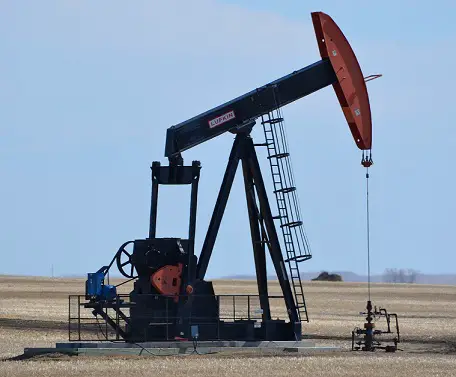Early trading saw oil prices falling, as industry data indicated US crude inventories were larger than expected, as opposed to the decline predicted by analysts. The numbers reinforced concerns in the market over weakening demand, even as supplies are tightening.
US benchmark West Texas Intermediate crude futures pared back a 3% gain from the previous session as they dropped 30 cents, or 0.4%, to $75.09 as of 0128 GMT.
European benchmark Brent futures fell 38 cents, or 0.5% to $80.30 per barrel.
Crude inventories in the US were up by roughly 7.8 million barrels for the week to December 9th, according to market sources quoting American Petroleum Institute data. In a Reuters poll, analysts had predicted a 3.6 million barrel decline in stocks.
Product stocks were also up, as gasoline inventories rose by roughly 900,000 barrels and distillate stocks rose by 3.4 million barrels, according to the data.
Although the increase in gasoline stocks was less than expected, the rise in distillates, including heating oil and jet fuel beat expectations.
The data put a damper on the bullishness of the last session, which had surged as the dollar weakened due to data showing inflation weakening, and hopes grew that China laxening strict Covid rules might signal a reopening of the world’s second largest economy.
ANZ Research analysts had pointed to data from Chinese firm VariFlight, which showed domestic travel was increasing in China, as flight activity surged to roughly 65% of pre-pandemic levels Monday, which was a stark increase from the 22% seen on November 29th.
Also supporting the price of crude had been the outage of the Keystone pipeline after a leak released 14,000 gallons of crude into a stream in Kansas. The pipeline, run by TC Energy Corp, supplies 620,000 barrels per day of Canadian crude to refiners and shippers in the United States.

